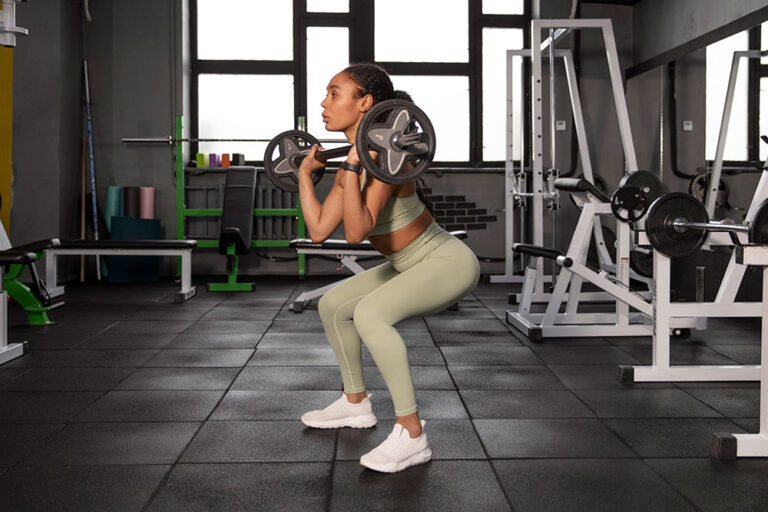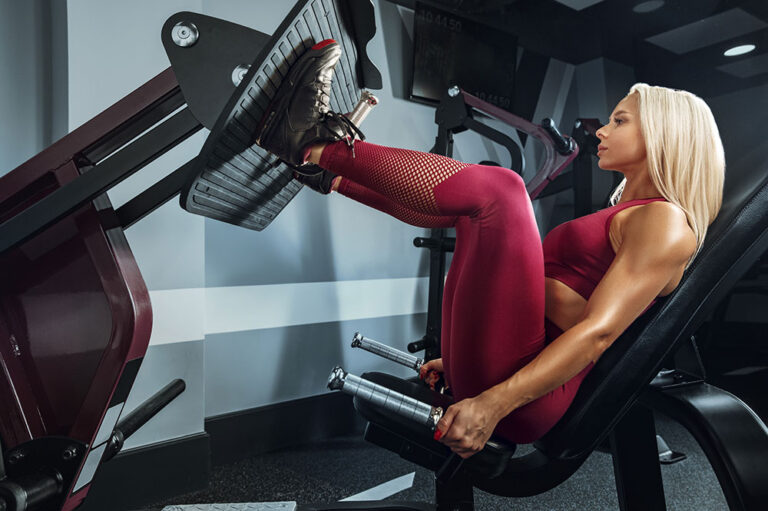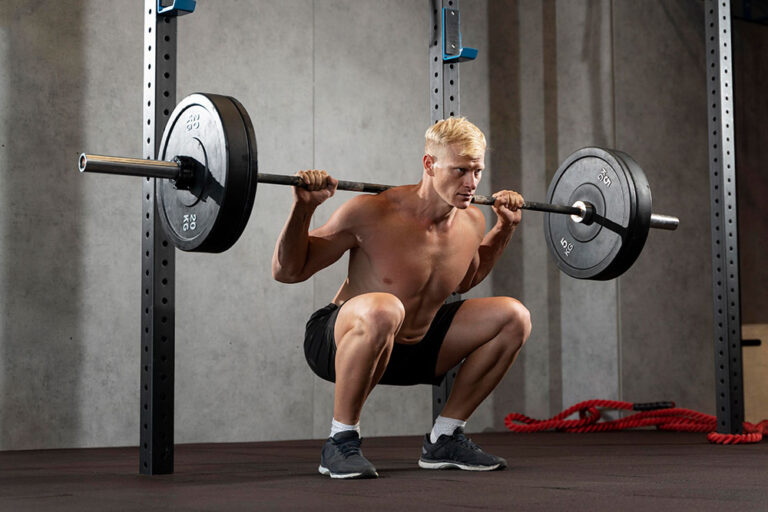Anatomy of The Human Quadricep Muscles
Introduction to the Quadricep Muscles
The quadricep muscles are more than just a vital part of your legs; they play an essential role in almost every movement you make. From walking and running to squatting and jumping, these powerful muscles support your daily activities and athletic endeavors alike. Understanding the anatomy of the human quadricep muscles can unlock a deeper appreciation for how they function, which will ultimately help you take better care of them.
As we dive into the intricate details of these remarkable muscles, you’ll discover their location, functions, key components, potential injuries, strengthening exercises, and stretching techniques. Whether you’re an athlete aiming to enhance performance or simply someone looking to stay active and injury-free, knowing about your quadriceps is crucial. Let’s explore this fascinating muscle group that carries us through life with strength and stability!
Location and Function of the Quadricep Muscles
The quadricep muscles are situated at the front of the thigh. They play a crucial role in movement and stability. This powerful muscle group connects to the knee joint, making it essential for walking, running, and jumping.
Their primary function is to extend the knee. When you kick a ball or climb stairs, it’s your quadriceps doing most of the heavy lifting. They also contribute to maintaining proper posture and balance during various activities.
Additionally, these muscles absorb shock while engaging in high-impact sports. Their strength is vital not just for athletes but for anyone looking to stay active and healthy. Without strong quadriceps, everyday tasks can become challenging over time.
Understanding their location and function helps appreciate how they support our daily movements and overall physical health.
The Four Muscles that Make Up the Quadricep Group
The quadricep group consists of four distinct muscles, each playing a vital role in leg movement and stability.
The rectus femoris is the most prominent. It runs down the center of the thigh and aids in both hip flexion and knee extension.
Next is the vastus lateralis, located on the outer side of the thigh. This muscle contributes significantly to knee stabilization during activities like running or jumping.
On the inner part sits the vastus medialis, which helps maintain proper patellar alignment and supports overall knee function.
We have the vastus intermedius, tucked beneath the rectus femoris. While it may be less visible, it plays an important role in extending your knee effectively.
Together, these muscles work harmoniously to allow for powerful movements such as squats and sprints while protecting your joints from injury.
Common Injuries and How to Prevent Them
Quadricep injuries are common, especially among athletes. Strains, tears, and tendinitis can occur due to overuse or improper technique during activities. These injuries often result from sudden movements or excessive force.
To reduce the risk of injury, warm up properly before any physical activity. Dynamic stretches prepare your muscles for action while increasing blood flow.
Additionally, pay attention to your form when exercising. Proper technique helps distribute stress evenly across the muscle group, minimizing strain on individual fibers.
Incorporating rest days into your routine is crucial too. Allowing time for recovery enhances muscle repair and growth.
Consider cross-training with low-impact exercises such as swimming or cycling. This approach provides a break for your quadriceps while still engaging in cardiovascular fitness.
Exercises to Strengthen and Tone Your Quadricep Muscles
Strengthening your quadriceps can enhance athletic performance and improve daily activities. There are several effective exercises to target these muscles.
Squats are a classic choice. Stand with your feet shoulder-width apart, lower your body as if sitting back into a chair, then rise up again. This engages the entire quad muscle group.
Lunges also work wonders. Step forward with one leg, bending both knees at 90 degrees. Alternate legs for balanced strength development.
Leg presses on gym machines provide controlled resistance, allowing you to focus solely on building quadricep strength without straining other muscles.
Incorporating step-ups using a sturdy platform further activates the quads while improving stability and coordination.
Don’t forget about cycling! Whether outdoors or stationary, pedaling helps tone these major muscles effectively over time. Regularly integrating these exercises into your routine will promote strong and well-defined quadriceps.
Stretching Techniques for Maintaining Flexibility in Your Quadriceps
Maintaining flexibility in your quadriceps is essential for optimal performance and injury prevention. Incorporating effective stretching techniques into your routine can greatly enhance muscle elasticity.
A simple standing quad stretch is a great start. Stand tall, grab your ankle behind you, and gently pull it towards your glutes. Hold for 15-30 seconds while keeping your knees together to maximize the stretch.
Another effective method is the lunge stretch. Step forward with one leg into a lunge position; keep the back knee on the ground. This targets not only the quads but also opens up hip flexors.
Don’t forget about foam rolling! Using a foam roller can release tension in tight muscles, improving blood flow and flexibility. Roll slowly over each quad for several minutes after workouts or on rest days.
Incorporate these techniques regularly to ensure that those quadricep muscles remain limber and responsive during all activities.
Conclusion: Understanding and Caring for your Quadricep Muscles
Understanding the anatomy of the human quadricep muscles is vital for anyone looking to enhance their physical performance or maintain overall leg health. These powerful muscles play a crucial role in activities such as walking, running, and jumping. By familiarizing yourself with their location and function, you can appreciate how essential they are to everyday movements.
Taking care of your quadriceps through proper strengthening exercises and stretching techniques not only improves athletic performance but also reduces the risk of injuries. Incorporating these practices into your routine will help keep your legs strong and flexible.
Prioritizing your quadricep health leads to more effective workouts and better mobility in daily life. Whether you’re an athlete or someone simply looking to stay fit, understanding these muscles empowers you to take proactive steps toward maintaining a healthy lifestyle. Embrace this knowledge as part of your fitness journey—your body will thank you for it!
- About the Author
- Latest Posts
Johnnie D. Jackow Sr., the founder and CEO of Total Body Fitness, Worldwide, has a long-standing career in the fitness industry. He began as a certified personal trainer in the mid-90s and soon after authored his first weight loss book in 1998. This led to the launch of Total Body Fitness, Nationwide in the USA at the same time. Johnnie gained recognition as the fitness guru of his time, running infomercials on local TV late at night in Houston, Texas. Over the years, he has helped more than 40,000 individuals from all over the world achieve their health and fitness goals. With over 60,000 hours of documented training in integrative functional medicine, he completed his PhD in human physiology in 2010. His primary objective is to assist people in reaching their health and fitness goals through alternative approaches rather than relying solely on conventional medicine and pharmaceutical drugs. Today, with almost three decades of experience under his belt, Johnnie continues to be a leader in health and fitness.








